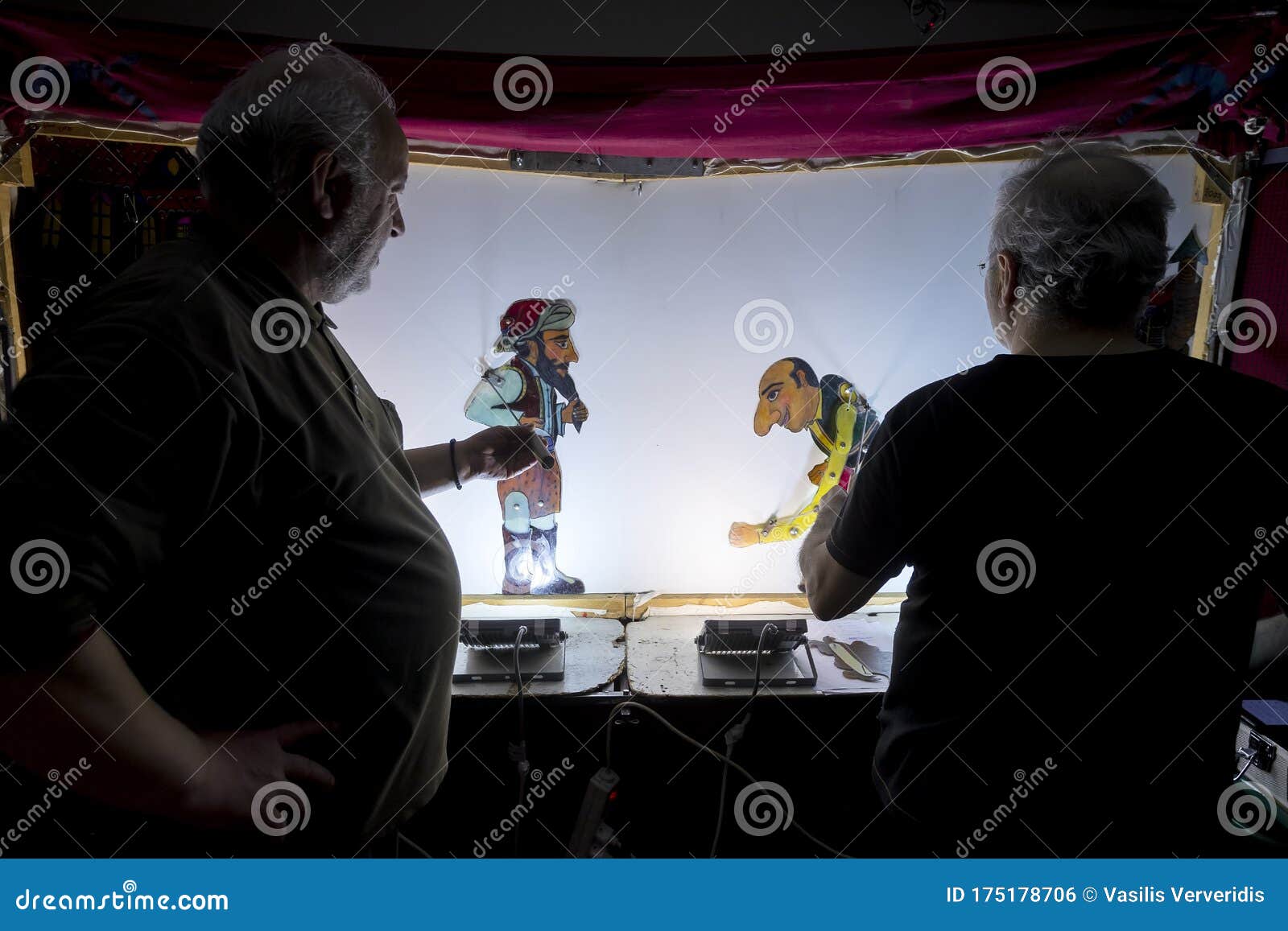


The subjects of the plays are largely drawn from ancient Greek mythology, the Scriptures (Old and New Testament), Greek and world history, world literature, popular legends and traditions, local history, news and events. Through their performances and teaching activities, they aim to pass on the art to the new generation, in order for this popular art form to continue. Today the karagiozopaiktes continue this tradition, and perform in festivals and fetes, as well as in schools and various cultural events. Children and adults would watch and be entertained by the plot of the shadow play, and would either pay a fixed fee or contribute whatever they wished to - or were able to give. The first karagiozopaiktes would perform in coffee shops, inns and open spaces such as village squares and school yards. Today, the few remaining karagiozopaiktes are to be found in the Paphos, Limassol, Nicosia and Larnaca districts. The art of Karagiozis, the most popular form of shadow theatre in Cyprus, made its first appearance on the island in the early 20 th century, through Greek shadow puppeteers ( karagiozopaiktes) who would come to the island to perform shows, and from Cypriots who learned their craft from puppeteers in Greece. Social practices, rituals and festive events

Shadow theater groups and collaborators, museums, associations and workshops, such as: Ĭommunities Concerned - Bearers of the element: (c) Museum - Paphios School of Shadow Theater. (a) Association "Friends of the Shadow Theater of Cyprus".


 0 kommentar(er)
0 kommentar(er)
